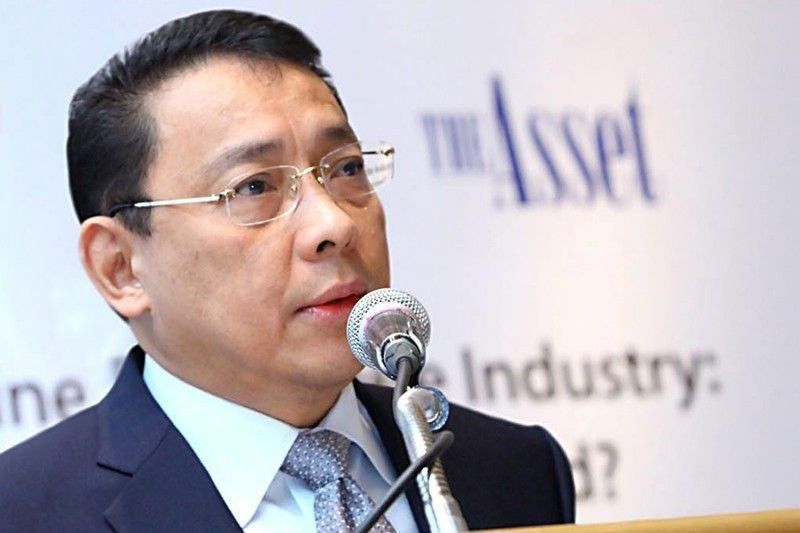Higher-for-longer interest rates seen

MANILA, Philippines — A New York-based think tank sees the need for the Bangko Sentral ng Pilipinas (BSP) to keep high interest rates until 2025 as inflation remains stubborn and above target.
Former BSP deputy governor Diwa Guinigundo, country analyst for the Philippines at GlobalSource Partners, in a commentary titled “Philippine Macroeconomy: Not Exactly a Goldilocks Scenario,” said the central bank’s Monetary Board should remain hawkish in both its policy moves and pronouncements.
“The forecasts indicate above-target inflation for this year, and we agree as to its likelihood, and the next. For 2025, we argue for sustained tightening for at least two reasons,” Guinigundo said.
He pointed out that inflation forecasts are quite close to the upper end of the inflation target, while credit and economic growth remain intact.
“There is enough space for monetary cautiousness. The biggest risk is the inability of those non-monetary interventions to make a difference,” he said.
Based on the latest BSP forecasts for this year, inflation is expected to remain elevated at six percent, beyond the two to four percent inflation target.
Furthermore, inflation forecast is close to the upper end at 3.7 percent for 2024 and at 3.2 percent for 2025.
However, Guinigundo believes high inflation is here to stay until next year, at 6.1 percent this year and 4.4 percent in 2024, based on the BSP’s risk-adjusted forecasts.
He said the forecast for 2025 is close to the midpoint of the target at 3.5 percent, while potential harm may still be possible on consumption, government spending and even for investment.
“In projecting the future path of inflation in the Philippines, we give more weight to the BSP’s risk-adjusted inflation forecasts than to its baseline forecasts,” Guinigundo said.
He explained that the latter forecasts incorporate potential game changers, including higher power and petroleum prices, transport fare adjustments and higher minimum wages in areas outside Metro Manila, including the impact of prolonged El Niño conditions.
To tame inflation and stabilize the peso, the Monetary Board has raised key policy rates by 450 basis points since May last year, bringing the benchmark interest rate to a fresh 16-year high of 6.50 percent.
The former BSP official said the government’s 6.5 to eight percent growth target for 2024 and beyond is a long shot, as the downsides are just too great, coming from the depressed global economic scenario, unavoidable slowdown from the peak of the credit cycle, and COVID-19 scarring in education and the labor market.
“In broad terms, the Philippine macroeconomy may not exactly fit into a Goldilocks scenario. While it continues to show some promise of sustained business activities, some favorable trends in price movements and in other macroeconomic indicators, the available policy choices to sustain them would require extraordinary steadfastness, one that would not stand down even if political exigencies should prove extremely forceful,” he said.
The country’s gross domestic product (GDP) growth picked up to 5.9 percent in the third quarter after slumping to 4.3 percent in the second quarter from 6.4 percent in the first quarter.
The expansion averaged 5.5 percent from January to September this year and needs to growth by at least 7.2 percent from October to December to meet the low end of the six to seven percent target penned by economic managers.
“Based on this third quarter outcome, it is difficult to share the optimistic view of the country’s economic managers that the current inflation target of six to seven percent is still achievable,” Guinigundo said.
- Latest
- Trending



























